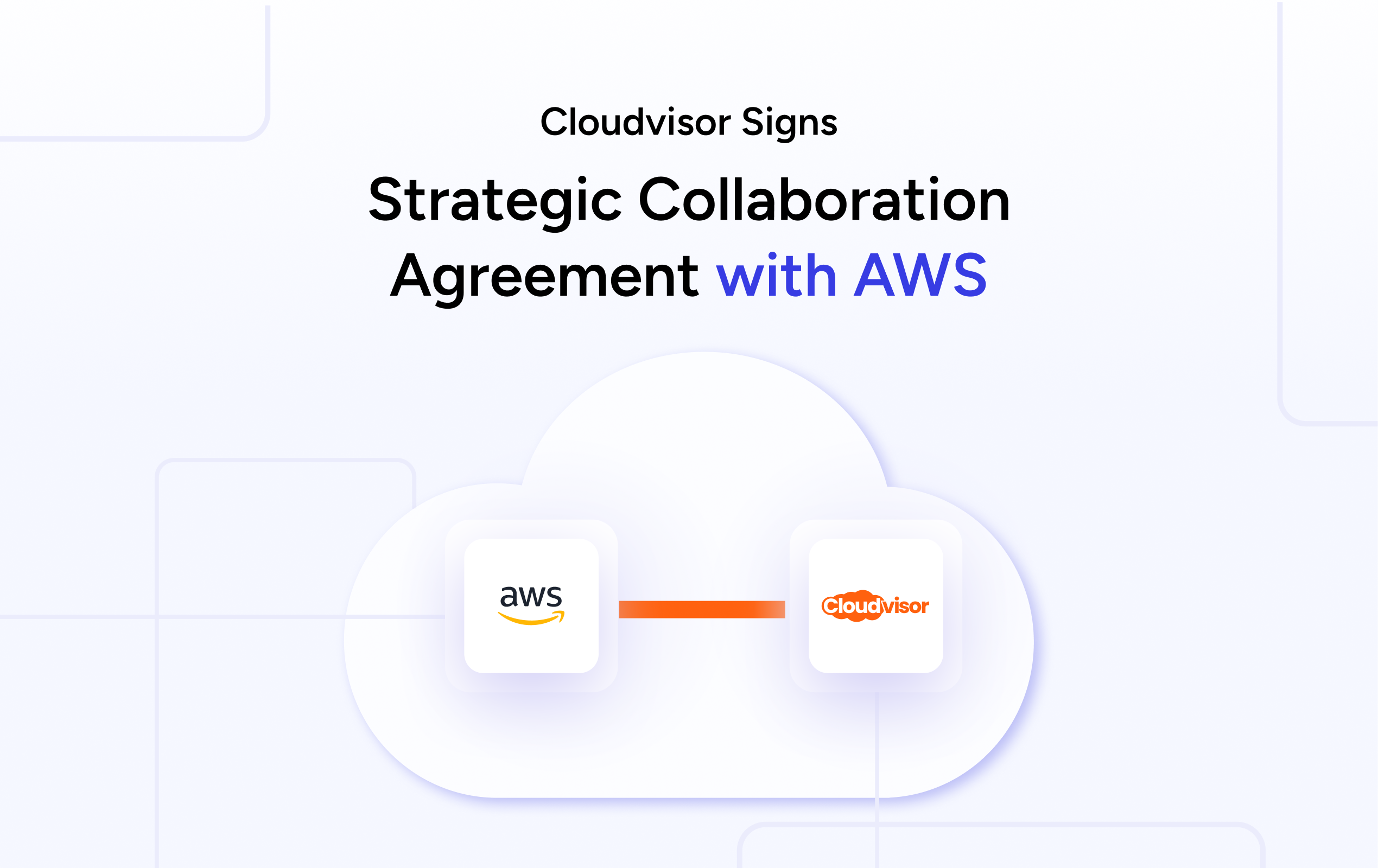Table of Contents
Let’s start with introduction
After two decades in the trenches of systems engineering and cloud transformation, I can tell you this truth: the journey to elite software delivery is no longer optional, it’s the price of entry. When modern businesses search for an AWS DevOps Service solution, they aren’t just looking for a list of Amazon tools. They are seeking a guaranteed blueprint for speed, stability, and surgical efficiency.
The AWS DevOps Service Ecosystem: From Core Components to Continuous Delivery
The foundation of any successful DevOps strategy on AWS is a mastery of its integrated toolset. AWS doesn’t just offer services; it provides a highly cohesive, natively integrated ecosystem that forms the backbone of a modern AWS CI/CD Pipeline.
1.1 The Core AWS Code Services Suite
This is the non-negotiable stack that replaces disparate, self-managed open-source tools, providing a fully-managed, scalable, and secure environment right out of the box.
- AWS CodeCommit: Your secure, highly scalable, and fully managed source control service. It is a direct analogue to Git, designed to integrate seamlessly with the rest of the AWS Code family.
- Veteran Insight: Always enforce Branch Protections and use IAM roles/policies for access control, eliminating the security and management headache of SSH keys often associated with external Git providers.
- AWS CodeBuild: The Continuous Integration (CI) heavy-lifter. It compiles source code, runs unit tests, and produces artifacts. Its power lies in its deep integration with container repositories (ECR) and security scanning tools.
- The Power of
buildspec.yml: This file is the DNA of your build process. Elite DevOps engineers use it for more than just compilation—it’s where security scanning, static analysis, and multi-stage Docker builds are orchestrated.
- The Power of
- AWS CodeDeploy: The Continuous Delivery (CD) specialist. It automates application deployments to various compute services, including Amazon EC2, AWS Lambda, and Amazon ECS/Fargate.
- Traffic Shifting Excellence: Leverage CodeDeploy’s Blue/Green and Canary deployment strategies (especially for Lambda and ECS) to minimize risk. This allows for zero-downtime deployments and rapid rollback, turning dreaded release nights into non-events.
- AWS CodePipeline: The conductor of your entire AWS DevOps Service. It orchestrates the end-to-end workflow, chaining together CodeCommit, CodeBuild, CodeDeploy, and other services (like CloudFormation or Lambda) into a cohesive, automated release model.
1.2 The Missing Pieces: Containerization and Serverless
While the Code Suite handles the process, these services handle the runtime and are essential for a modern pipeline.
- Amazon Elastic Container Service (ECS) and AWS Fargate: For container orchestration, Fargate allows you to run containers without managing the underlying EC2 instances, drastically simplifying operations. The Fargate-CodePipeline synergy is a key driver for operational excellence and cost reduction.
- AWS Lambda: The ultimate serverless compute service. For applications that can be refactored into event-driven functions, the CI/CD pipeline becomes even simpler, deploying code directly to the function runtime.
2. Infrastructure as Code (IaC): The True Foundation of AWS DevOps
The most significant difference between a good DevOps practice and an elite one is the commitment to AWS Infrastructure as Code (IaC). If your infrastructure is not defined in code, it’s not repeatable, it’s not auditable, and it’s not a true AWS DevOps Service.
2.1 Why IaC is Non-Negotiable
IaC is the practice of managing and provisioning computing infrastructure through machine-readable definition files rather than physical hardware configuration or interactive configuration tools.
- Version Control: Infrastructure is treated like application code, living in Git (CodeCommit), allowing for peer review, rollback, and a complete audit trail of every change.
- Immutability: Resources are replaced (or updated in a controlled manner) rather than modified manually. This eliminates configuration drift, one of the oldest and most insidious enemies of system stability.
2.2 Dominant IaC Tools on AWS
A. AWS CloudFormation
The native, declarative language for provisioning AWS resources.
- Pros: Deepest native integration, free of charge, supports
StackSetsfor multi-account/multi-region deployment. - Cons: JSON/YAML can become verbose and challenging for complex logic.
B. The AWS Cloud Development Kit (CDK)
The game-changer for veteran DevOps engineers. CDK allows you to define your cloud infrastructure using familiar, high-level programming languages (TypeScript, Python, Java, etc.).
- Why CDK Wins: It leverages the power of real programming languages (loops, classes, conditional logic) to define complex infrastructure with vastly fewer lines of code. This dramatically reduces development time and error rates.
- Veteran Insight: If you are starting a new project, use AWS CDK. It compiles down to CloudFormation, giving you the best of both worlds: programmatic expressiveness and native AWS stability.
C. Terraform (HashiCorp)
The multi-cloud IaC standard.
- Pros: Excellent for hybrid/multi-cloud environments, massive community support, and a vast ecosystem of third-party providers.
- Cons: Requires managing state (often in S3/DynamoDB) and is not as tightly integrated with AWS account features as CloudFormation/CDK.
3. The Elite AWS DevOps Maturity Model: Crawl, Walk, Run
The true power of an AWS DevOps Service engagement lies in a structured, phased approach. Here is the blueprint people use to guide organizations from manual releases to fully automated, AI-augmented delivery.
| Phase | Focus & Goal | Key AWS Service Implementations | Metrics for Success |
| 1. Crawl (Automation Foundation) | Implement the minimum viable CI/CD pipeline and IaC for a single application environment. Eliminate all manual provisioning. | Source/CI: CodeCommit, CodeBuild. IaC: Basic CloudFormation or Terraform. Monitoring: Basic CloudWatch Alarms & Dashboards. | $99\%$ infrastructure repeatability. Build Time $< 10$ minutes. |
| 2. Walk (Standardization & DevSecOps) | Standardize on the pipeline structure across all teams. Introduce automated testing and shift security left. Begin multi-environment deployment. | CD: CodePipeline orchestration, CodeDeploy Blue/Green. Security: SonarQube/SAST in CodeBuild, AWS Config for compliance. Containerization: ECS/Fargate adoption. | Deployments per day $> 3$. Change Failure Rate $< 5\%$. Lead Time for Changes $< 1$ hour. |
| 3. Run (Excellence & FinOps) | Achieve continuous deployment, high availability across regions, full observability, and proactive cost governance. AI/ML integration for performance. | FinOps: AWS Compute Optimizer, Cost Explorer, Tagging Enforcement. Observability: AWS X-Ray, Amazon Managed Prometheus/Grafana. AI/ML: Amazon Q Developer for code quality and analysis. | Four Key Metrics (DORA) at elite level. FinOps savings $> 15\%$. Time to Detect (TTD) $< 5$ minutes. |
3.1 FinOps on AWS: The Cost-Saving Imperative
In the “Run” phase, FinOps becomes paramount. The automated provisioning and management inherent in an AWS DevOps Service model are your greatest cost-control weapons.
- Infrastructure Rightsizing: Automated tools like AWS Compute Optimizer analyze historical usage data from CloudWatch and recommend optimal EC2 instances, EBS volumes, and Lambda functions.
- Governance by Code: Use IaC (CDK, CloudFormation) to enforce tagging policies and prevent the spinning up of non-compliant or unnecessarily large resources. This is the most effective preventative cost control measure.
- Serverless First: Prioritize serverless compute (Lambda, Fargate, Aurora Serverless) where possible, shifting from paying for idle capacity to a pure pay-per-use model.
4. DevSecOps is the Next-Generation AWS DevOps Service
You cannot claim an elite AWS DevOps Service if security remains a bolted-on afterthought. DevSecOps is the integration of security tools and processes directly into the CI/CD pipeline, ensuring security is “shifted left” and is an automated, continuous process.
4.1 Automated Vulnerability Scanning
Security must be integrated at the earliest possible stage: CodeBuild.
- Container Security: During the CodeBuild stage, use tools to scan your Docker container images before they are pushed to Amazon ECR. Amazon Inspector can automate continuous vulnerability management for your EC2, ECR, and Lambda resources.
- Static Application Security Testing (SAST): Integrate SAST tools to analyze source code for security flaws (SQL injection, XSS) before the artifact is even deployed.
4.2 Policy-as-Code with AWS Config
An elite DevOps practitioner manages security compliance with the same rigor as application code.
- Enforce Compliance: AWS Config allows you to create rules that check whether your AWS resources are compliant with your internal policies (e.g., Is encryption enabled on all S3 buckets?).
- Automated Remediation: For non-compliant resources, AWS Config can trigger an automatic AWS Lambda function to remediate the issue (e.g., enabling encryption or deleting a non-compliant resource), enforcing a closed-loop security model.
4.3 Identity and Access Management (IAM) Rigor
The principle of Least Privilege must be religiously applied to every component of your pipeline.
- IAM Roles over Keys: CodeBuild, CodeDeploy, and CodePipeline should always assume a dedicated IAM Role with the bare minimum permissions required for its task. Never use long-lived access keys.
- Conditions: Leverage IAM Policy Conditions (e.g., restricting access only from a specific source IP, or allowing actions only on resources with a specific tag) to lock down the surface area of your platform.
5. Observability: Beyond Basic Monitoring
In the “Run” phase of our maturity model, we must move beyond simply collecting metrics (monitoring) to actively asking questions about the state of our system (observability). A top AWS DevOps Service deployment must anticipate failure and provide instant, deep insights.
5.1 The Three Pillars of Observability
- Metrics (CloudWatch): The numbers. CPU utilization, latency, request counts. Amazon CloudWatch is your core service for this. Set custom alarms on key business and operational metrics.
- Logs (CloudWatch Logs): The raw story of what happened. Centralize and aggregate logs from all services (EC2, Lambda, containers) into CloudWatch Logs or a third-party managed service.
- Traces (AWS X-Ray): The journey of a request. AWS X-Ray maps the entire service graph of a distributed application (especially critical for microservices), identifying bottlenecks and latency in individual service calls.
5.2 The Operational Feedback Loop
The greatest value of observability is the feedback loop back into the development process.
- Anomaly Detection: CloudWatch automatically learns the normal behavior of your metrics and flags deviations, often before human-defined thresholds are breached.
- Fast Root Cause Analysis (RCA): An alert in CloudWatch triggers a view in X-Ray, which immediately points the engineering team to the service and function responsible for the failure.
- Prioritized Backlog: This data directly informs the product backlog, ensuring engineering time is spent fixing the most impactful issues impacting customer experience and cost.




